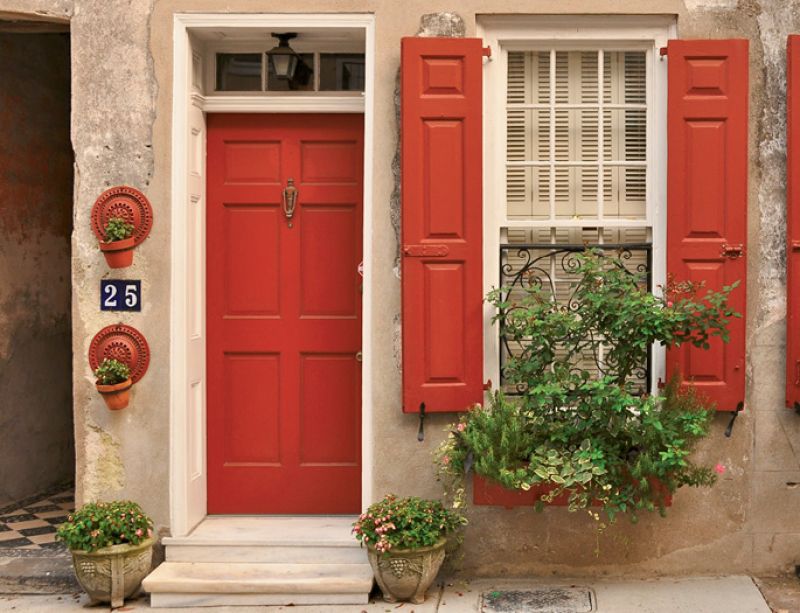
{October 6-30}
The Fall Tours
This Preservation Society of Charleston fundraiser includes walking tours through historic downtown homes and their gorgeous gardens. Locations & times vary. $50-$40 tours; special event prices vary. www.thefalltours.org
{October 11}
Herbal Gifts for the Holidays
At the South Carolina Herbal Society’s October meeting, learn to make herbal gifts, including lotion, body powder, and a holiday cordial. Charleston Horticultural Society Educational Center, 46 Windermere Blvd. Tuesday, 6-7:30 p.m. $10; free for member. www.scherbalsociety.com
{October 22}
Native Plant Sale
Docents are on hand to help you select among the perennials, trees, shrubs, native grasses, edibles, and more at this sale organized by the Lowcountry Chapter of the South Carolina Native Plant Society. Charles Towne Landing, 1500 Old Towne Rd. Saturday, 9 a.m.-noon. Free. www.scnps.org
Ask An Expert: How can I keep my carved Halloween pumpkin looking good?
“If left untreated, jack-o’-lanterns generally last just a few days; however, you can extend their lives using common household products that combat decomposition and the effects of moisture loss. The first step after carving is to slow down the onset of mold: Fill a large bucket with three gallons of water mixed with three tablespoons of bleach, and submerge the pumpkin for two minutes. Remove it and pat it dry. Next, seal moisture in by applying a thin coating of vegetable oil to all exposed surfaces—this will keep the fruit from shriveling as rapidly. If you want a quicker, more convenient fix, order Pumpkin Fresh (pumpkinfresh.com), a premixed spray that acts as a fungicide and sealer all in one.” —Joan McDonald, garden editor
Tip
Noticed a silken web tightly wrapping the trunk or a limb of one of your trees? You may be the fortunate host of barklice, beneficial insects more endearingly called “tree butlers,” as they clean fungus and organic debris from bark’s cracks and crevasses. If the webbing is too unsightly, a stream of water from a hose can remove it.